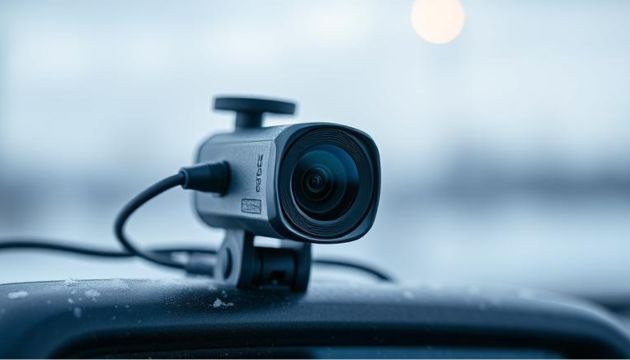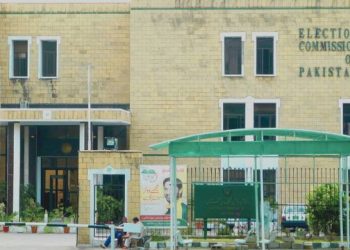KARACHI: Commissioner Karachi Syed Hassan Naqvi has required heavy traffic vehicles (HTVs) to install cameras and trackers due to a recent increase in traffic accidents in the city.
According to a media report, this decision followed successful talks with goods transporters, who ended their strike that had disrupted port operations and trade.
As part of the agreement, all HTVs, including dumpers, water tankers, and oil tankers, must have three cameras: one on the front, one at the rear, and one inside to monitor the driver. Imdad Naqvi, a leader of the goods transporters association, explained that these cameras will help ensure safety.
Over 250 people have died in traffic accidents, with 85 involving heavy vehicles, leading to public protests and the burning of some vehicles.
The Sindh government has banned heavy vehicles from moving in Karachi during the day and set a 30 km/h speed limit for HTVs. Dumpers are also prohibited from operating between 10pm and 6am.
ALSO READ | Sindh governor’s pact with US firm to place students in foreign IT jobs
Safety guardrails will be added to HTV tires, and trackers will be installed to improve accountability and assist in accident investigations. The tracker recordings will be available at the DIG Traffic office to help track vehicles in hit-and-run cases.
The goods transporters association agreed to ensure all large vehicles are fit for use within three to six months.
They will submit progress reports on vehicle tonnage and safety measures to the commissioner and DIG every 10 days. Imdad noted that the government’s original May 1 deadline for these changes was not feasible.














